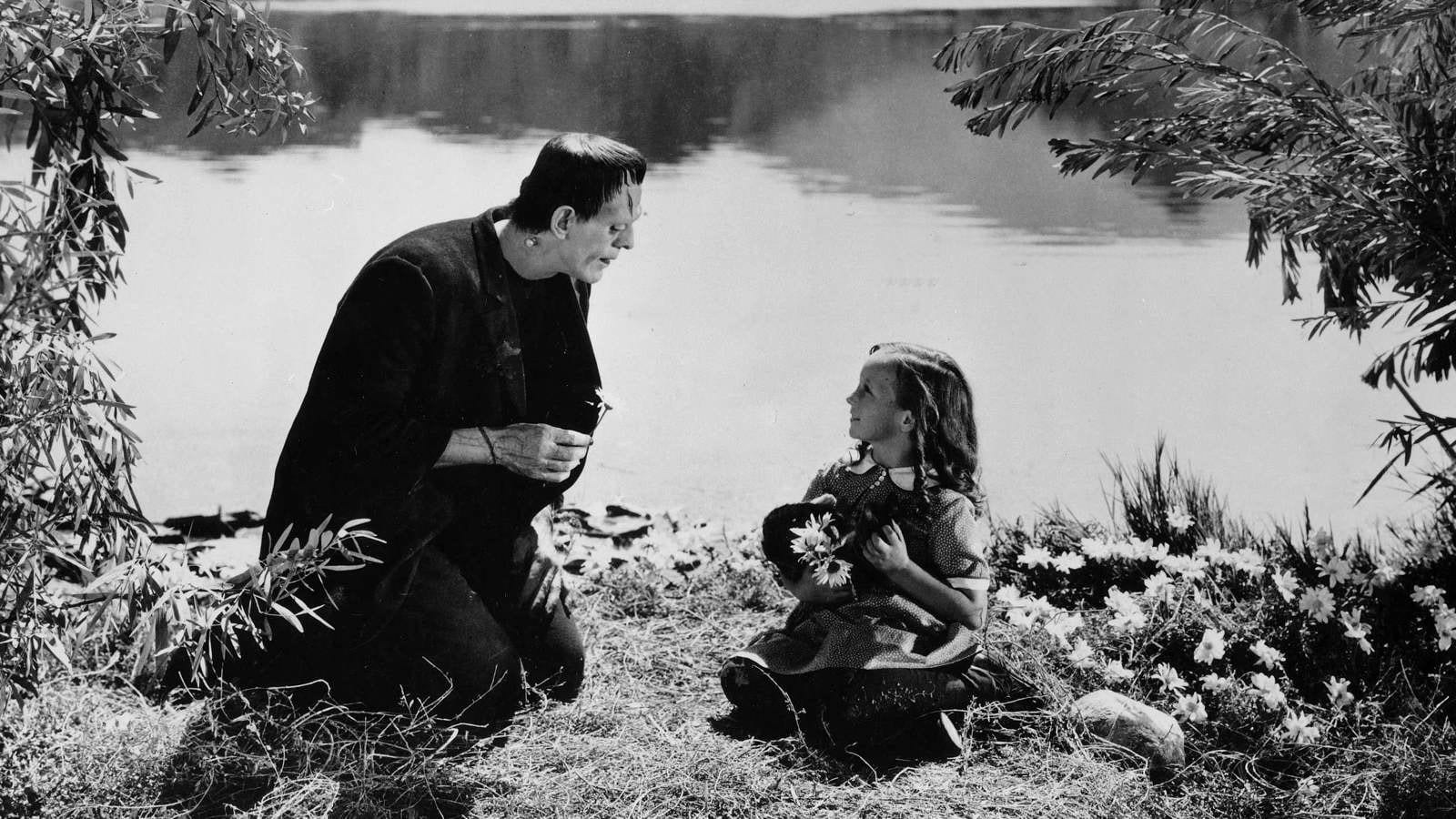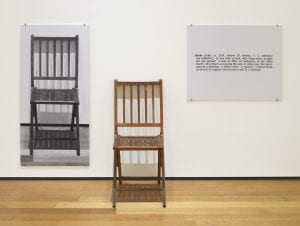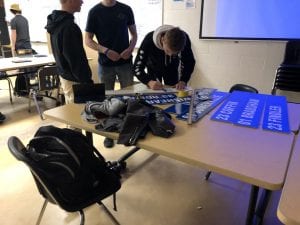Here we go again everyone. The last but not least movie reflection post of our Monster in the Mirror unit. If you haven’t see my other two posts, I reflected on the horror in the films Halloween by John Carpenter, and Jordan Peele’s Get Out. Both are horror movies, but from very different times. And I wrote about what the actual horror each film was trying to get across, and if it commented on today’s society. And today, I’m going to wrap up all the films we’ve watched in this unit.
Since watching Get out, we have seen Frankenstein, the original film by James Whale, and God’s and Monsters directed by Bill Condon. In this post I’m going to be combining the content of the most recent two films to answer one question that our whole unit is based off of:
“Who Is The Monster?”
Frankenstein and God’s and Monsters are both very different movies, but they are definitely connected. I’m going to be using these movies to explain what the real monster in Frankenstein is. The average person would believe that Frankenstein is the true monster in the story, and the average person probably thinks that Frankenstein is the name for the monster. But the average person is wrong on both accounts. The real monster of the story is anything but the creature created by the mad scientist Frankenstein.
The real monster is society. More specifically, how society treats someone or something who is different. And I’m going to prove that point, so just you wait.
First off, this statement is true because the creature is not an evil being. He is treated like a disgrace right off the bat, as his own creator flees from his house after seeing the creature wake. Just because the creature is ugly, he is treated as an outcast. He must learn how to function in society from the outskirts, looking in on everyone while hiding himself away in the forest. He has done nothing wrong, or given any reason for people to hate him, and yet, as soon as he tries to connect with humanity, he is immediately judged as a menace. He does not seek to harm or destroy anything, but as the story unfolds the creature kills and takes his revenge. This is supposed to reinforce the false idea that the creature is the monster, because he never would have committed those crimes if he was actually accepted by society.

Looking at the whole story this way shows us that the creature was never meant to be a monster, even though today he is an extremely popular Halloween costume. Another character who you could misinterpret the monster for is Dr. Frankenstein himself. Why did he do what he did? Shouldn’t he be blamed as the monster? But this is also not correct, as Frankenstein is subject to society’s judgements too. He is written off as crazy because he pursues something that’s never been done before. And he knows of their opinions, but he doesn’t care, telling us that “If I can just do one of those things, I won’t care if they call me crazy!” (Frankenstein 1931). Society sees him sitting up in his tower for days on end and decides that he must be crazy, rather than taking interest in his research or treating him like a person. The town is quick to judge and this is our society’s problem. This is the monster, and the story of Frankenstein, both the book by Mary Shelley and the original film prove it to us.

To further delve into this topic, we will look at it from a whole new perspective. Through another film, but this one is different. This film is about the life of James Whale, well after he directed the Frankenstein movies. He is an elderly man, living in a humble home with nothing but a caretaker and a paintbrush. Throughout the movie, we see he is just a bored old man, and eventually get insight on his thoughts about his famous movie. And he basically flat out proves my point about the real monster being society. He says in the film, when someone brings up the monster in his movie, he replies with, “The only monsters are here” while gesturing to his head. He obviously knows the meaning of his own movie, and some of the meaning is lost on the average person. Because the real monster is not the creature. It’s not Doctor Frankenstein. It’s us.

In our class right now, we’re making a mini horror film. We needed to tell a horror story that reflected and commented on an issue in our society today. I think that the Frankenstein book and movie have a very strong comment on today’s society, and it’s shown very well in the story. How we are afraid and act out towards those that are different, even though we create the people who we consider monsters in our society. By judging people by how they look and treating people like outcasts we end up just like doctor Frankenstein, where we only realize what we’ve done when it’s towering in front of us. As a society and as individuals we need to realize our negative tendency to judge others and really try to change how we treat people so we don’t end up creating worse monsters than us.
And with that, I think I have proven my point.
see you




 To start off this unit, we first began reading a famous text, Frankenstein by Mary Shelley. This book is known to be one of the first science fiction novels ever, which would eventually lead to horror fiction. Frankenstein is a big deal to say the least, as the horror that the story wrestles with are still relevant to today. But I will get to that later, for now I have another topic to discuss. Our final project will be our class movie, and we have a lot to learn before we even pick up a camera.
To start off this unit, we first began reading a famous text, Frankenstein by Mary Shelley. This book is known to be one of the first science fiction novels ever, which would eventually lead to horror fiction. Frankenstein is a big deal to say the least, as the horror that the story wrestles with are still relevant to today. But I will get to that later, for now I have another topic to discuss. Our final project will be our class movie, and we have a lot to learn before we even pick up a camera.
























